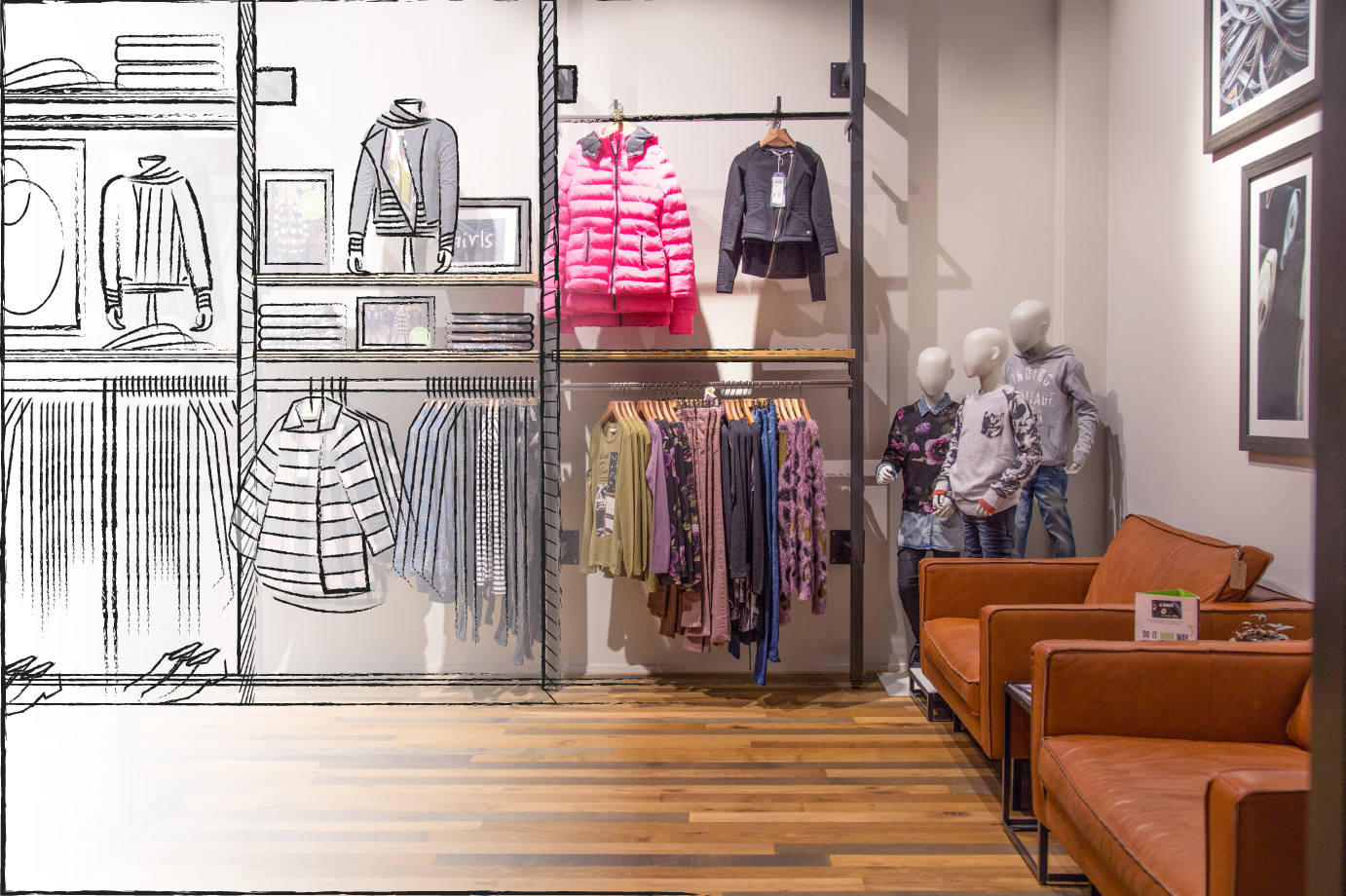5 Tips on Improving Your Stores' Visual Merchandising Compliance
How you can save time and money on ensuring your stores look their best at all times
When sending visual merchandising guidelines to several stores, it’s important to ensure that they are complied with properly. By doing so, you can maintain consistency in your brand identity and ensure that all customers receive the in-store experience that your retail planning teams have worked hard to create. In this article, we share some tips on how you can improve your visual merchandising compliance efforts, making your stores look better - easier and simpler.
The importance of store compliance cannot be understated. The way a store is branded and merchandised is usually the the first tangible representation of a brand's identity and wider marketing efforts. Next to this, as more and more consumers place a greater emphasis on the in-store experience as the reason for continuing to shop in physical stores - making sure that customer experience is the best it can be is more crucial than ever. (Get to our guest article by Eric Feigenbaum on the importance of investing in physical retail)
1. Send planograms and store briefs more often
When dealing with stores of several grades and sizes, over time a certain product may be sold through - leaving your in-store teams to replace them with whatever they choose or have available - diminishing the intended effect of your fixture merchandising.
To combat this, sending more ‘seasonal updates’ to relevant store clusters more often is recommended. By sending a higher frequency of planograms and visual merchandising guidelines (for example every 6 weeks instead of 3 months) you can ensure your store compliance is maintained to a higher standard.
It's also important to consider how this will affect your planning team’s workflow. Utilising digital tools (like MockShop) that can help you create planograms faster - or even automate their creation - can be extremely helpful in sending more briefs more often to refresh and update your in-store merchandising. The more you send updates, the better your store compliance will be.
2. Send guidelines with only the relevant information present
Visual merchandising guidelines are often heavy on information - especially when one set is sent to stores of all clusters and grades. Of course, this is very useful for the stores that have all of the required products, fixtures and resources needed to follow them, but what about the store clusters that don’t? They must sift through the information to find what’s relevant to their store.
By sending guidelines with only the most relevant information - such as providing planograms that detail only the appropriate products and fixtures - you can help your in-store teams to merchandise your stores to a much higher standard of compliance. Not only that, but you can help them do it faster and more simply by removing all unnecessary ‘noise’ from your briefs.
ASDA George were able to improve their store compliance across their hundreds of UK store locations - and save hundreds of thousands in the process - just by sending more relevant, paperless guidelines to the right store clusters.
3. Communicate store data using visuals
Whilst a checklist of points in a brief is simple and requires a low amount of work for an in-store merchandiser to follow and send back to head or regional office, this can make compliance harder to track. Your compliance can be markedly improved by taking and sending photos of your store fixtures instead.
For example, if one of your in-store teams takes a picture of the back wall they have just merchandised, it's much quicker and more effective to review an image for mistakes - instead of a checklist. This is especially appropriate when a certain fixture or product isn't available or in stock and quickly needs to be replaced with another. Next to this, having all of this data in one place is crucial from a management perspective.
4. Track store data and communicate from one centralised platform
When dealing with a great number of stores that all need to be merchandised to a high standard according to your guidelines, it's important to have a single point of communication that can be tracked and audited. Many store teams still use third party messaging apps and emails to achieve compliance - however this is fraught with difficulties in keeping track of all this information.
To improve compliance across all of your stores, tracking this data from a centralised location (such as our ShopShape web application) arms you with a much more effective ability to highlight and tackle problems that need to be solved across your whole brick-and-mortar operation. Having the same platform to communicate these issues helps even further in achieving 99.9% compliance.
5. Set up an effective auditing schedule
There are a number of important variables that need to be considered when it comes to store compliance. Lighting, fixtures, signage and much more all need to be regularly checked up on in order to keep your stores looking as planned. Many retailers will of course look to ensure this by sending regular auditing checks to their stores.
An audit is a list of questions that checks things such as as 'Are all of the store lights functional?'. Creating a schedule where these audit checks are regularly sent out to store teams gives you a much clearer oversight into how your stores are not only looking - but functioning. When it comes to executing this schedule, ensure that you cover the most relevant information to keep your store teams lean and efficient.

 Français
Français
